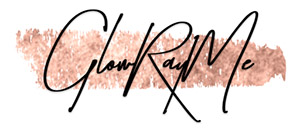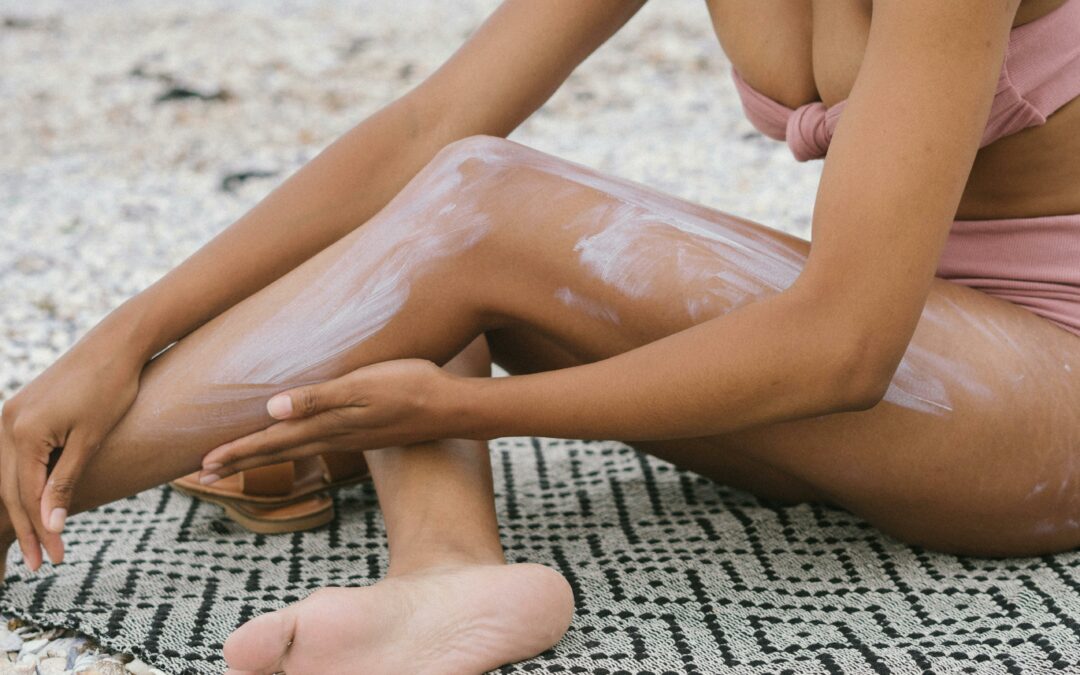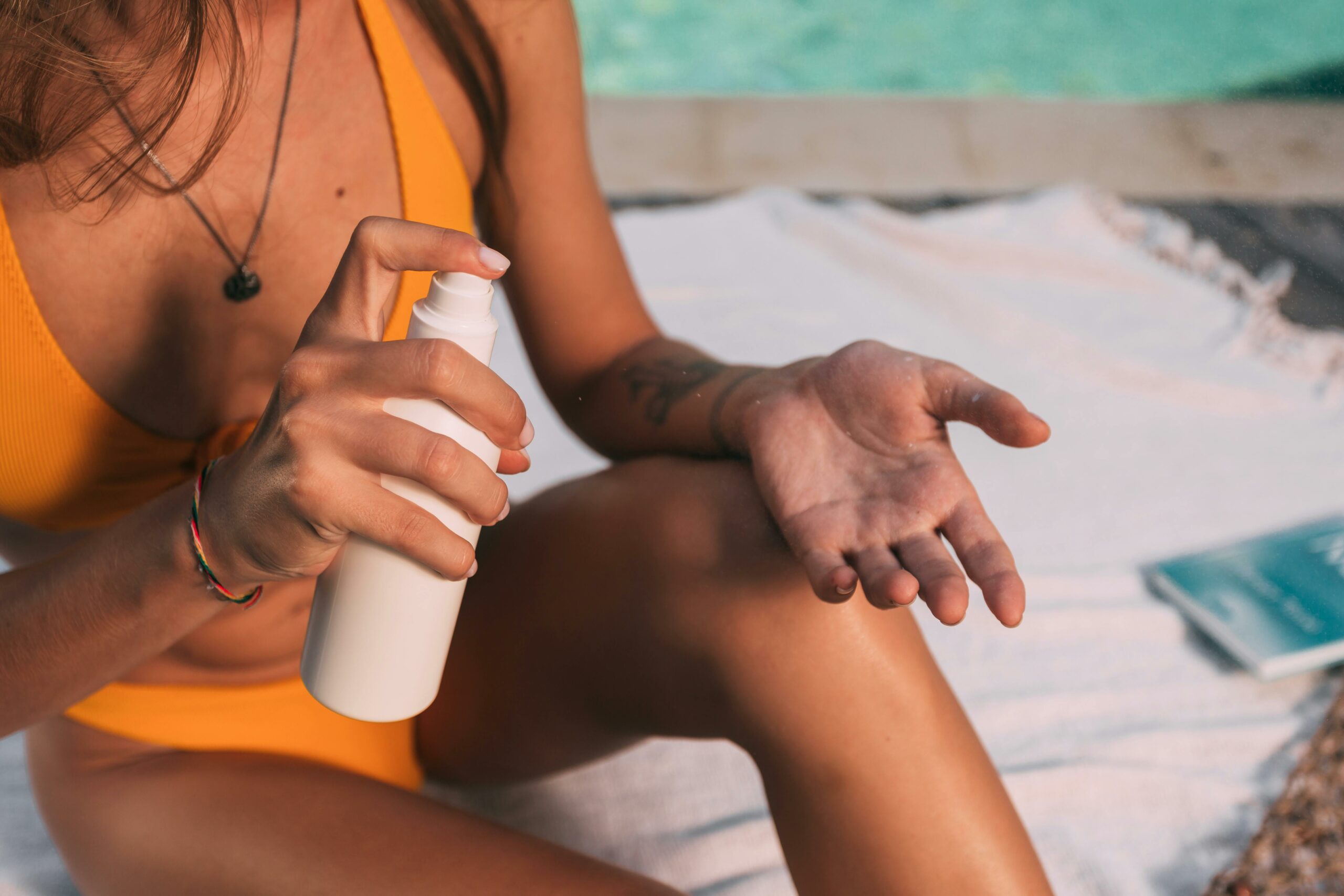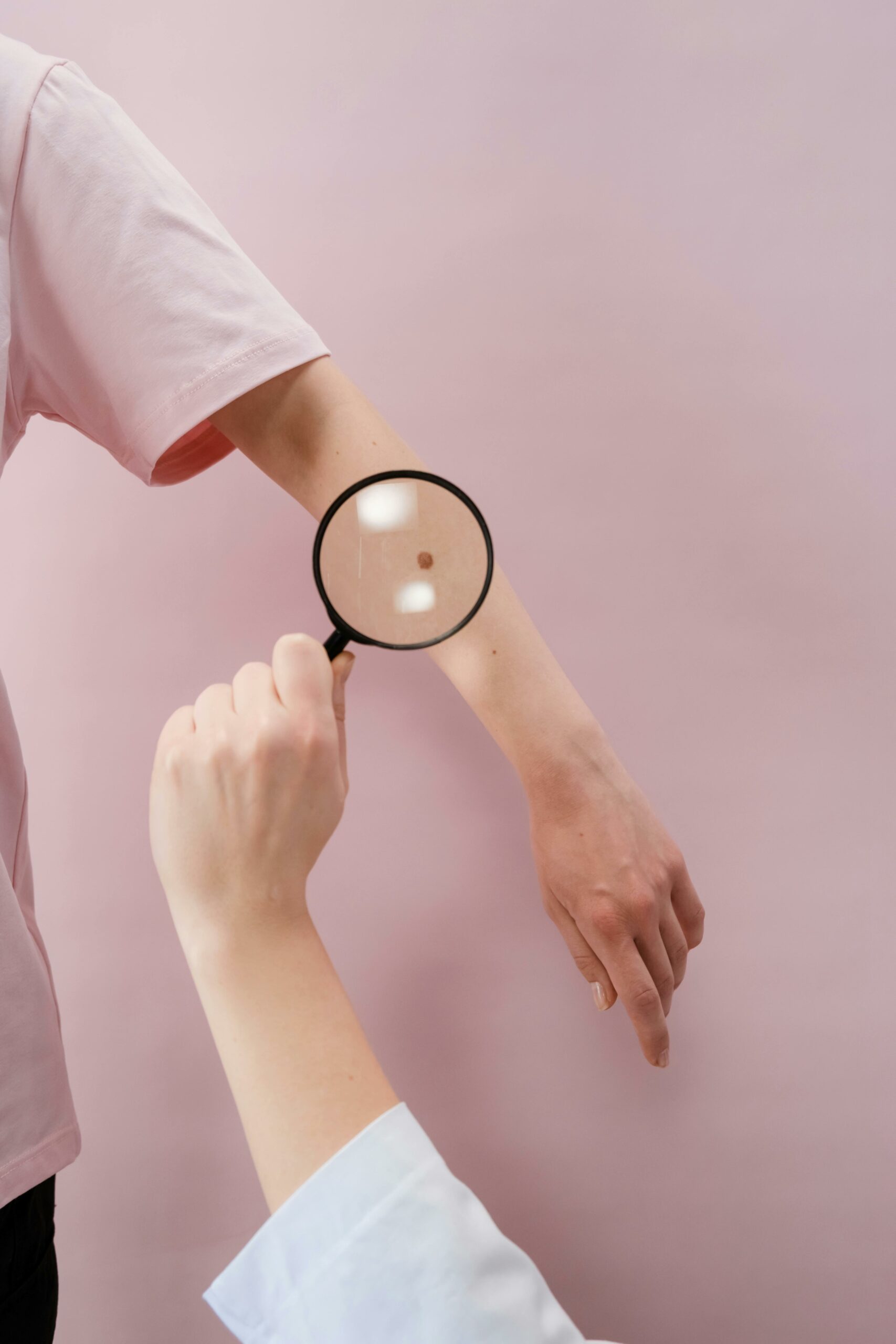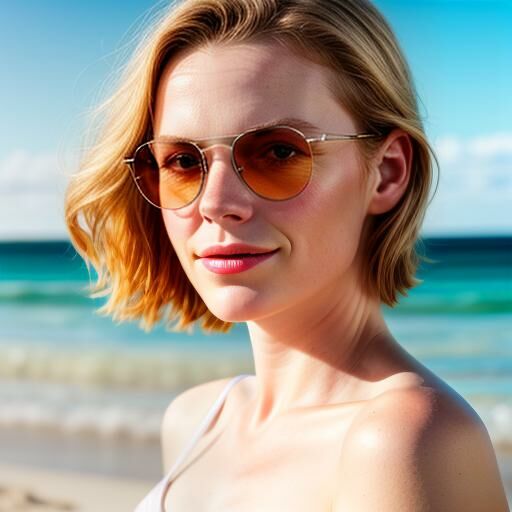Skin Cancer & Sun Protection
What Is Skin Cancer?
How Skin Cancer Develops
The Development of Skin Cancer
Skin cancer develops when DNA damage, often caused by ultraviolet (UV) radiation from the sun or tanning beds, triggers mutations in skin cells. These mutations lead to rapid cell growth and tumor formation. Risk factors include prolonged sun exposure, fair skin, a history of sunburns, and genetic predisposition. Environmental factors, such as living at high altitudes or in sunny climates, also increase the risk. Understanding these factors is key to prevention and early intervention.
Recognizing Skin Cancer
New or Unusual Growths
Changes in Existing Moles
Asymmetrical Moles
Irregular Borders
Multiple Colors in a Mole
Diameter Larger Than a Pencil Eraser
Evolving Appearance of Moles
Persistent Itching or Tenderness
Non-Healing Sores
Scaly or Rough Patches
Redness or Swelling Beyond the Border
Dark Streaks Under Nails
Pigmented Lesions
Bleeding or Oozing Moles
Painful Lesions
Changes in Skin Texture
Spreading of Pigment Beyond the Spot
New Spots or Growths
Effective Skin Cancer Treatments
Skin Cancer Treatment Options
The treatment of skin cancer depends on several factors, including the type, location, and stage of the cancer. Early detection often allows for more effective and less invasive treatment, so it’s important to understand the range of options available.
Common Skin Cancer Treatments:
-
Surgical Excision
This is one of the most common methods, involving the complete removal of the cancerous tissue along with a margin of healthy skin to ensure thorough removal. -
Mohs Surgery
A highly precise procedure used primarily for certain types of skin cancer, especially on the face. This technique removes the cancer layer by layer, conserving as much healthy tissue as possible. -
Radiation Therapy
Often used when surgery isn’t an option or when treating cancers in sensitive or hard-to-reach areas. It uses high-energy rays to target and destroy cancer cells. -
Chemotherapy
While less commonly used for skin cancer, it may be considered in more advanced cases, such as metastatic melanoma. Topical chemotherapy creams may also be prescribed for certain superficial cancers. -
Immunotherapy
This newer approach helps the body’s immune system recognize and fight cancer cells more effectively. It has shown promising results, particularly in advanced melanoma cases. -
Targeted Therapy
Designed to attack specific genetic mutations or proteins in cancer cells, targeted therapy can be an effective treatment for some forms of melanoma when traditional therapies aren’t suitable.
Choosing the Right Treatment
Each method comes with its own benefits, risks, and potential side effects. That’s why it’s essential to consult with a board-certified dermatologist or oncologist to determine the most appropriate treatment plan based on your unique situation.
Early diagnosis saves lives. Regular skin checks and prompt medical attention are key to successful outcomes.

Preventing Skin Cancer
Strategies for Skin Cancer Prevention
Preventing skin cancer isn’t just about sunscreen—it’s about a full-body approach to skincare, awareness, and consistent daily habits. By taking proactive steps and staying informed, you can significantly reduce your risk and promote long-term skin health.
Here are some key steps you can take to protect your skin year-round:
-
Apply a broad-spectrum sunscreen with SPF 30 or higher every day, even on cloudy or cooler days.
-
Wear protective clothing, including wide-brimmed hats, long sleeves, and UV-blocking sunglasses when outdoors.
-
Seek shade during peak sun intensity hours (typically between 10 a.m. and 4 p.m.).
-
Avoid tanning beds and sunlamps. These artificial sources of UV light are not safe and should never be confused with infrared therapy, which operates on a different light spectrum and does not emit harmful UV rays. While infrared therapy is sometimes used in wellness treatments, tanning beds are not a form of wellness—they are extremely harmful and significantly increase your risk of skin cancer.
-
Perform monthly self-skin checks and schedule professional skin evaluations at least once a year to detect any early signs of changes or concerns.
In addition to sun protection, nourishing your skin from the inside out is equally important.
Incorporating a healthy diet rich in antioxidants and vitamins can support your skin’s natural defenses. Foods like berries, leafy greens, and nuts provide essential nutrients that may help protect against UV-related damage. Staying hydrated and maintaining a balanced lifestyle further enhances your overall skin wellness.
By adopting these preventive strategies, you’re taking powerful steps toward safeguarding your skin against cancer and supporting your body’s natural ability to stay healthy and radiant.
👉 If you notice any skin changes or have concerns, don’t wait—consult a board-certified dermatologist.
Different Sunscreens
Mineral Sunscreen
Mineral sunscreens use zinc oxide or titanium dioxide to physically block UV rays, providing broad-spectrum protection.
Chemical Sunscreen
Chemical sunscreens absorb UV radiation and convert it into heat, using ingredients like avobenzone and oxybenzone.
Water-Resistant Sunscreen
Ideal for swimming or sweating, these sunscreens maintain effectiveness in water for up to 80 minutes.
Understanding Oxybenzone
Oxybenzone (aka benzophenone-3) might sound like something cooked up in a secret lab—and honestly, it kind of is. It’s a chemical that’s been hanging out in sunscreens and other beauty products for years, helping block those pesky UVA and UVB rays from turning us into human tomatoes. Sounds like a hero, right? Well… kinda.
Here’s the catch: oxybenzone has a bit of a dark side. Studies show it can sneak through your skin and may mess with your hormones—yikes. It’s also been caught red-handed harming coral reefs, which is why places like Hawaii and the Virgin Islands have shown it the door with full-on bans. Because of all this drama, more people are ditching it and switching to mineral sunscreens made with zinc oxide or titanium dioxide. These guys do the job without the hormone havoc or ocean guilt. So if you want to keep your skin safe and the sea happy, it might be time to break up with oxybenzone.
Oxybenzone Breakdown: Where It's Found, Associated Health Risks, and Healthier Options
Skincare and Beauty Products
Health Risks of Oxybenzone
Safe Alternatives to Oxybenzone
Face vs. Body Sunscreens: What's the Difference?
When it comes to sun protection, not all sunscreens are created equal. Facial skin is more delicate and sensitive compared to the rest of your body, requiring specially formulated sunscreens that won’t clog pores or cause breakouts. Body sunscreens, while effective for larger areas, can be too heavy for the face and may lead to unwanted skin issues. Understanding these differences is key to maintaining healthy, radiant skin.
Best Sunscreens
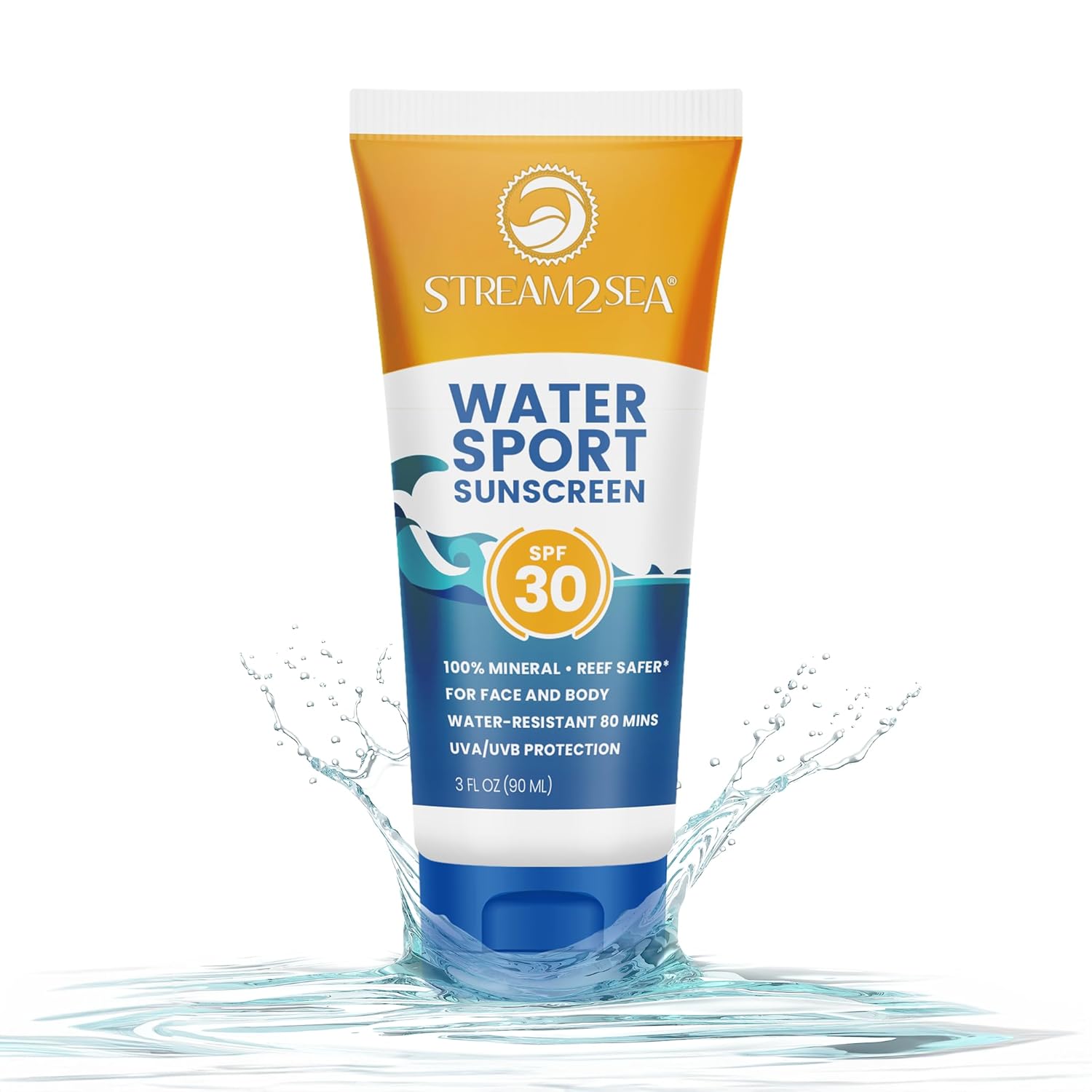
STREAM 2 SEA Sunscreen
★★★★★
Broad-spectrum SPF 30 protection
Biodegradable, Reef Safe
Lightweight, non-greasy formula
Water resistant up to 80 mins
Safe for face & body, kids, babies and sensitive skin
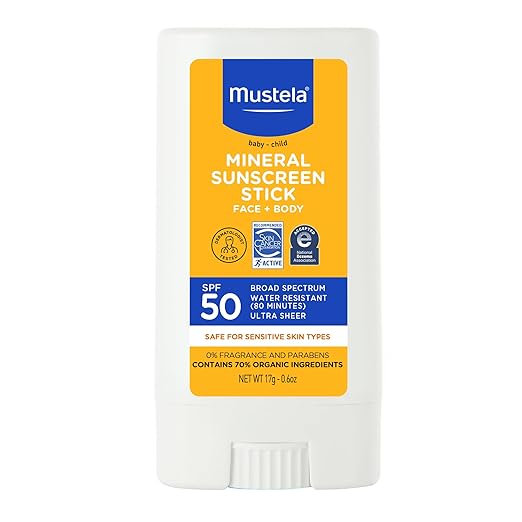
Mustela Baby Mineral Sunscreen
Our #1 Pick
★★★★★
SPF 50 with 70% organic ingredients
Fragrance-free
Water resistant up to 80 mins
Perfect for babies, kids, eczema & sensitive skin
No chemical UV filters
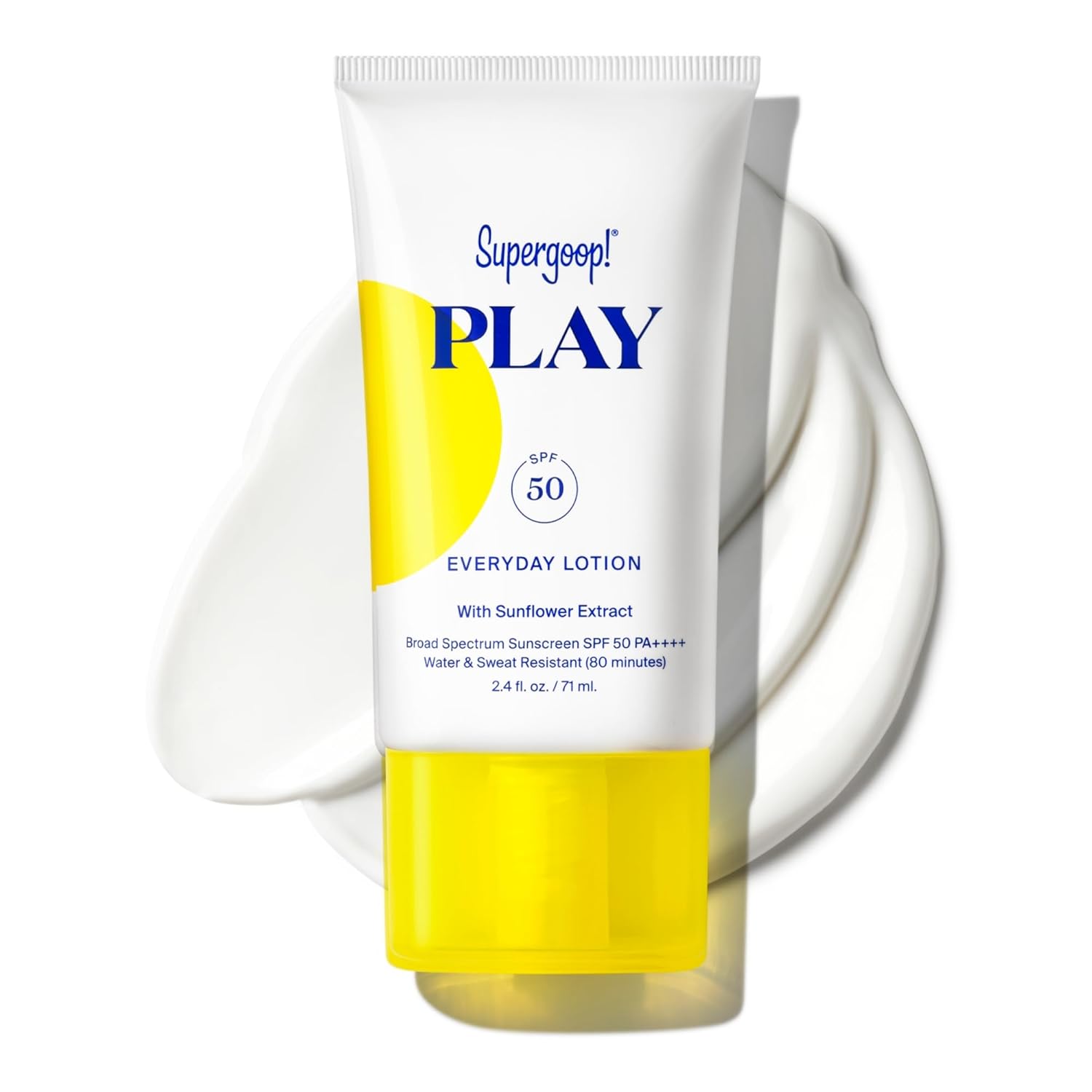
Supergoop! PLAY Everyday Lotion Sunscreen
★★★★★
SPF 50 for on-the-go protection
Broad spectrum UVA & UVB protection
No white cast or sticky feeling
Refreshing scent
Oxybenzone and octinoxate- free
Water resistant up to 80 mins
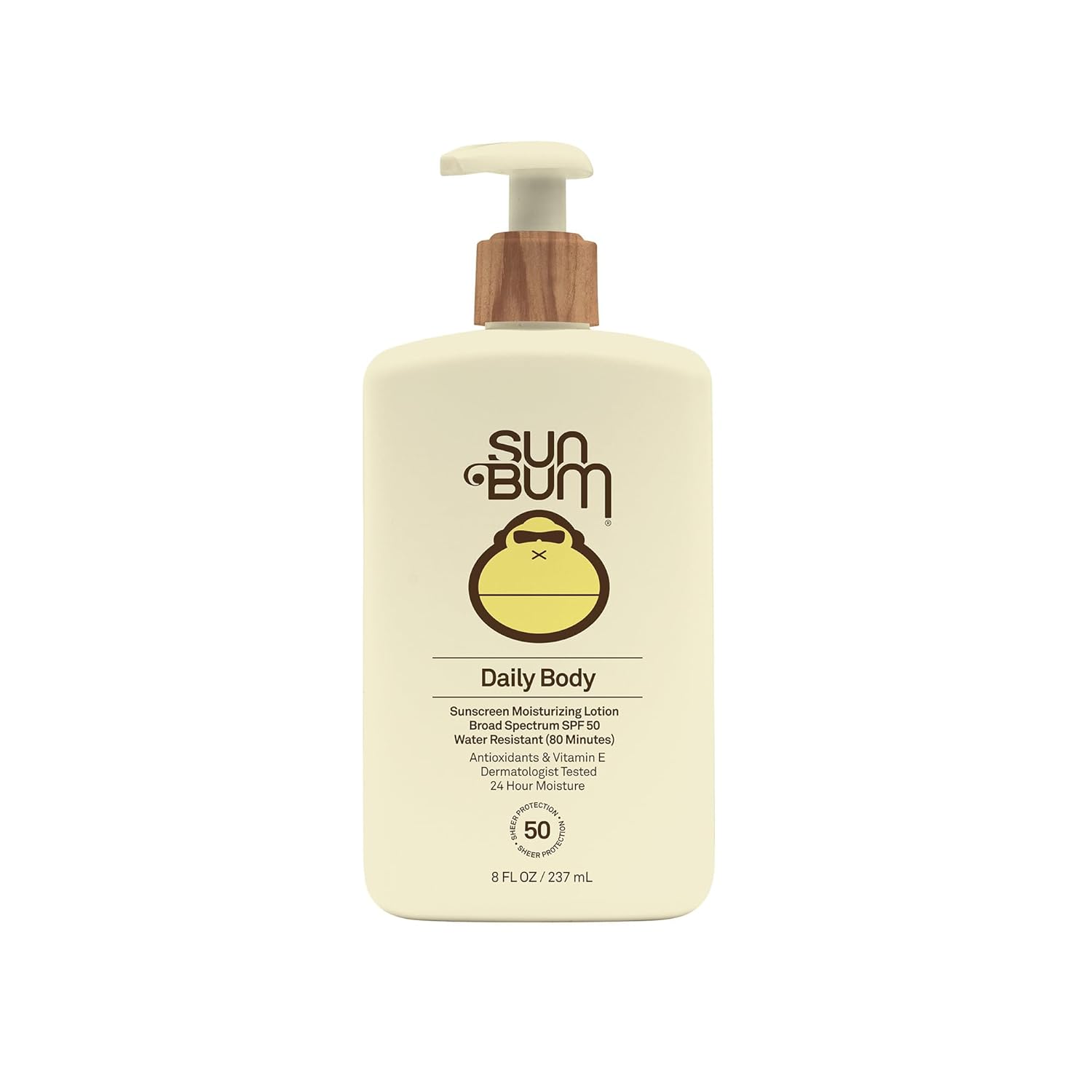
Sun Bum Daily Sunscreen
★★★★★
Broad-spectrum SPF 50 protection
Biodegradable, Reef Safe
Lightweight, 24 hour moisture
Not water resistant
Vitamin E & antioxidants
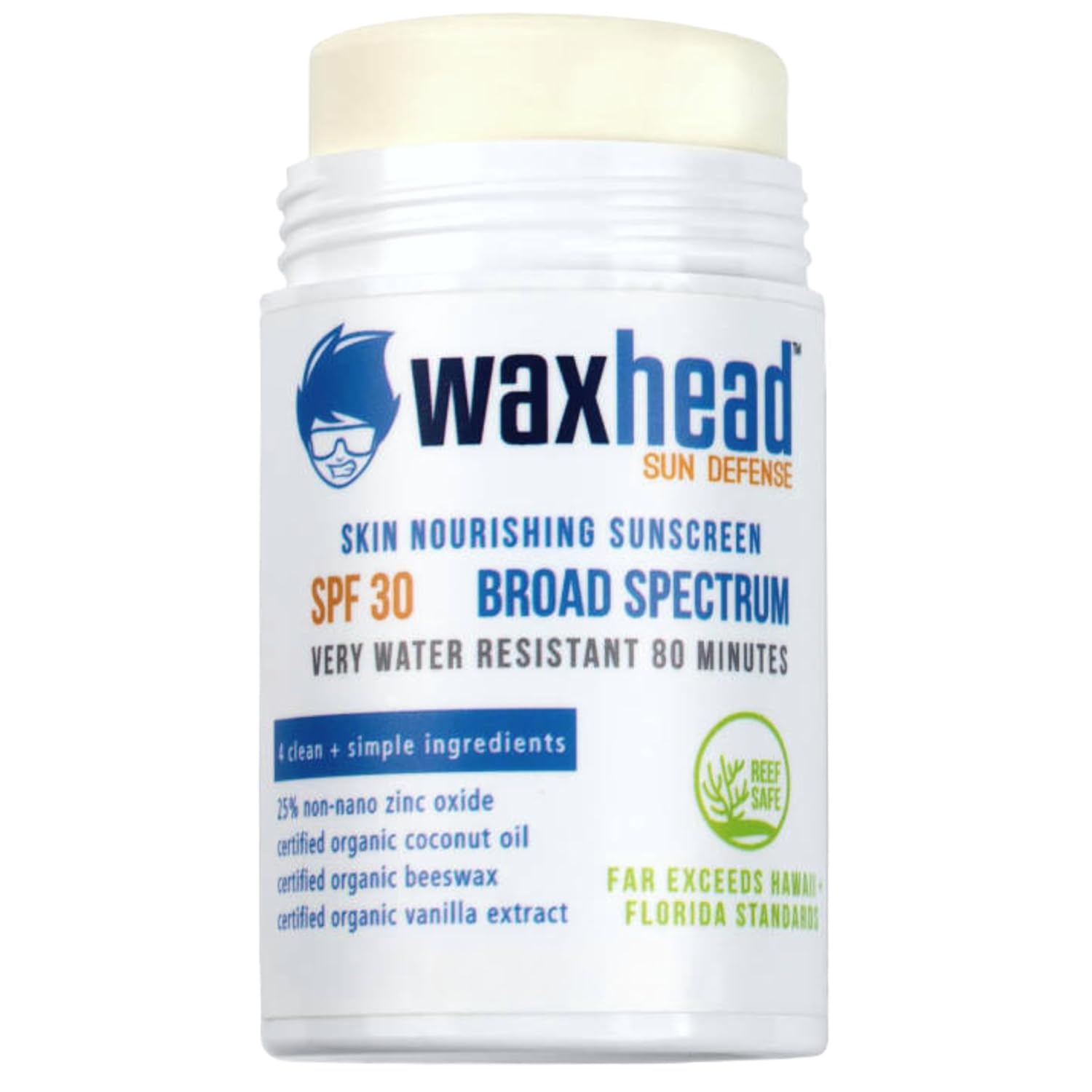
Wax Head Sunscreen Stick
#1 by the EWG sunscreen guide
★★★★★
SPF 30 non-nano zinc oxide
Coral reef safe
Safe for infants to adults
Biodegradable
100% non-toxic
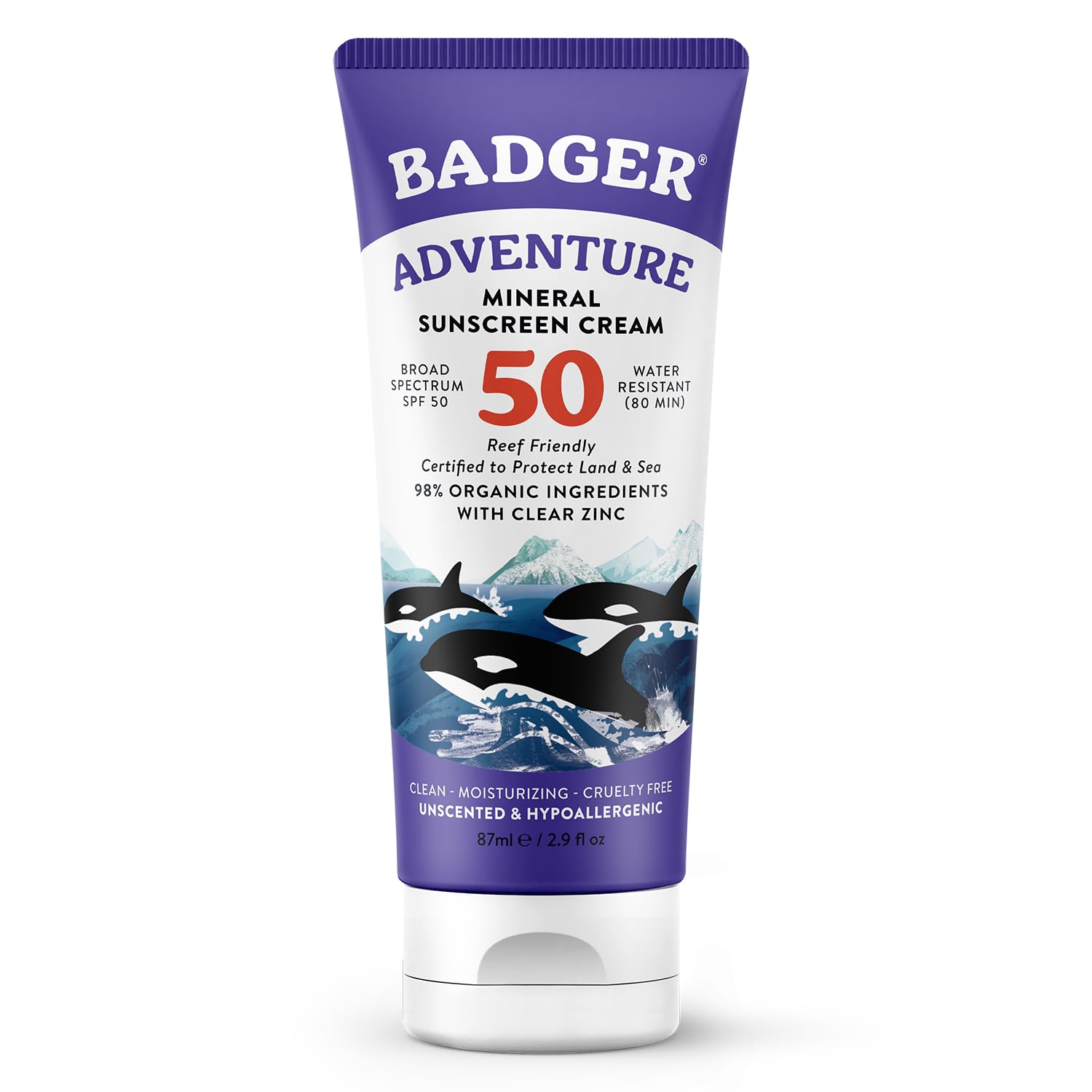
Badger Mineral Sunscreen
★★★★★
SPF 50 zinc-oxide protection
Broad spectrum UVA & UVB protection
Non-comedogenic
Hypoallergenic
Made with just 4 ingredients
Water resistant up to 80 mins
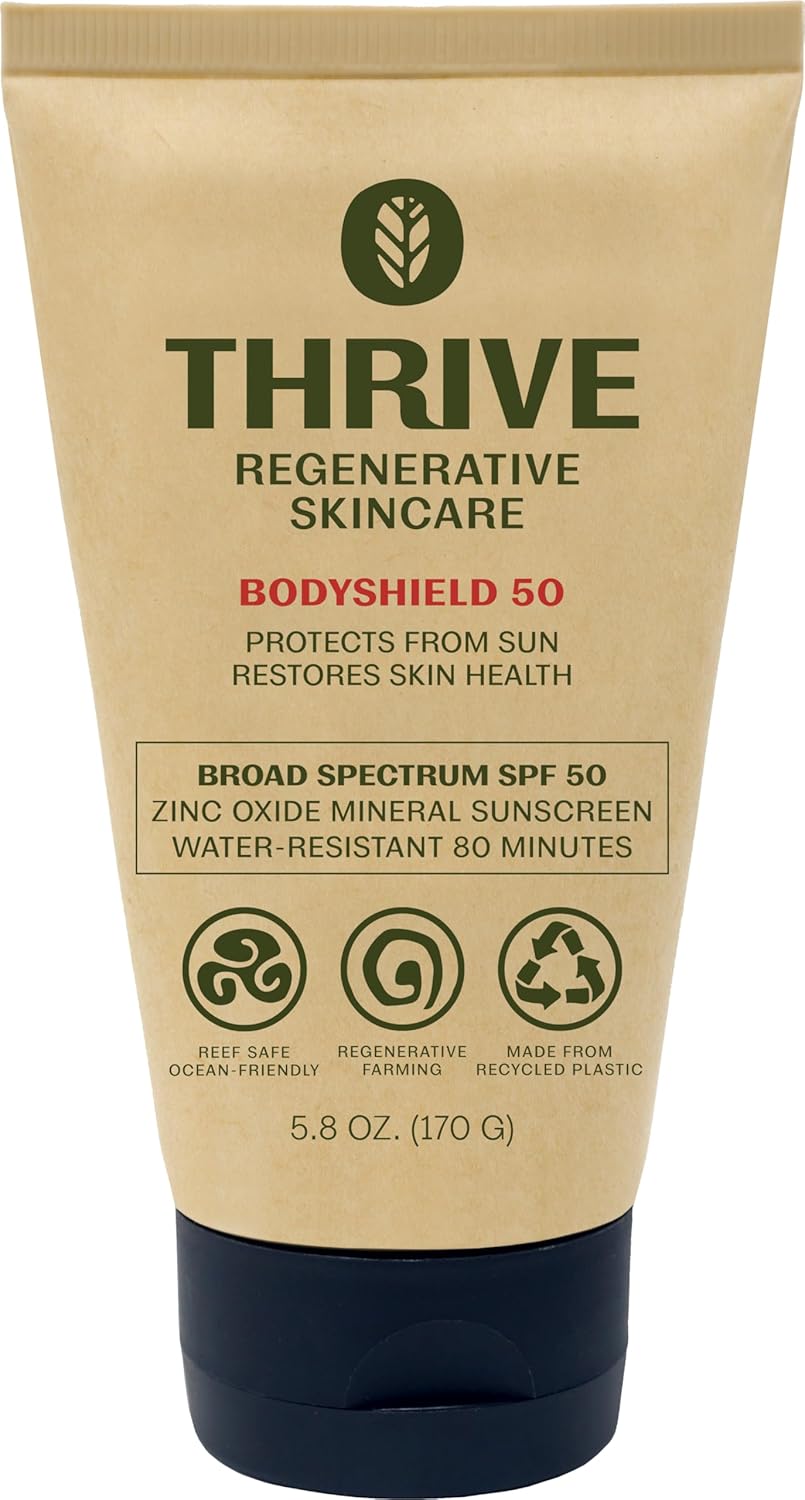
Thrive Reef Sunsreen
★★★★★
Broad-spectrum SPF 50 protection
23.5% non-nano zinc oxide
Water resistant up to 80 mins
Minimal white cast
Antioxidant rich Costa Rican super-plants
Reef safe mineral sunscreen
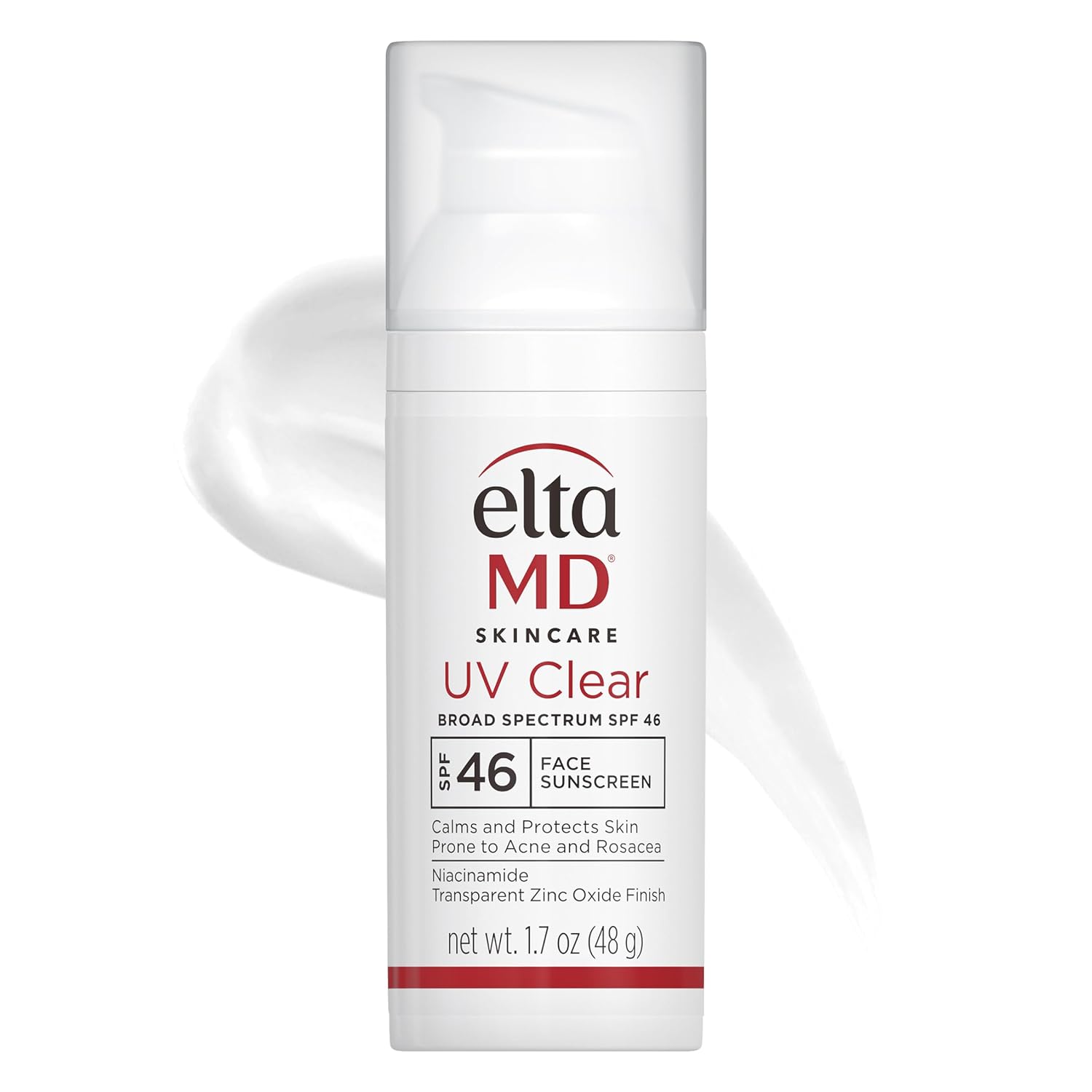
Elta MD UV Clear Sunscreen
#1 dermatologist recommended
★★★★★
SPF 46 oil free sunscreen
Made with zinc oxide
Calms & protects sensitive skin types
For face use only
Reapply every 2 hours
Dermatologist recommended
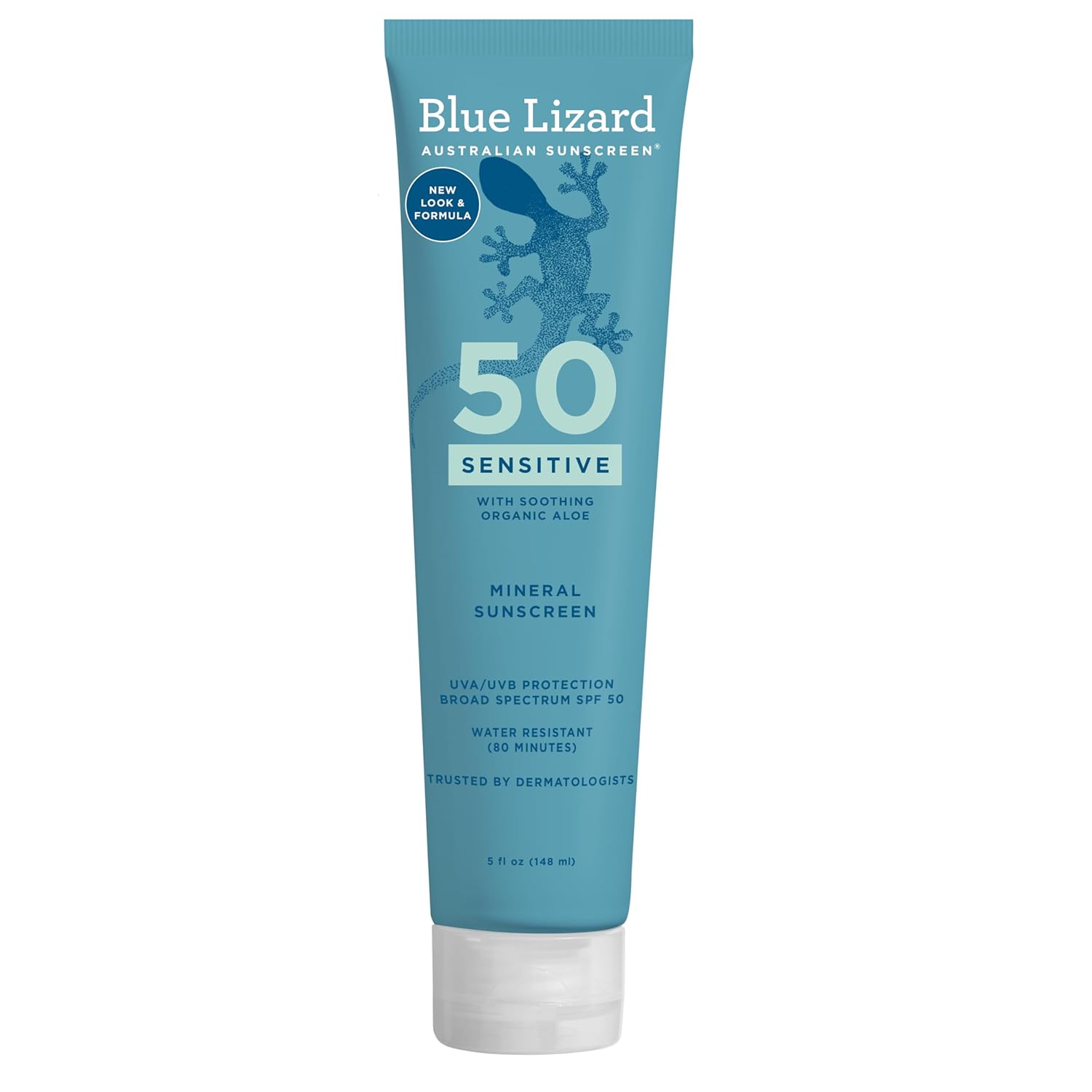
Blue Lizard Sensitive Sunscreen
★★★★★
SPF 50 zinc oxide
UVA UVB broad spectrum protection
Fragrance free
Smart cap technology
Infused with organic aloe vera
Reef friendly
Your Skin's Health Is Too Important To Ignore
If you notice any suspicious moles, spots, or changes in your skin—or if you have concerns about skin cancer—it’s essential to consult with a board-certified dermatologist. Early detection can save lives, and a qualified specialist can provide the answers and care you need.
Neile Cunningham
Neile Cunningham is a Licensed Aesthetician with over 17 years of experience in skincare, medical aesthetics, and wellness. Based in North Carolina, she’s worked alongside top plastic surgeons and in medspa settings, also serving as a medical assistant—giving her a deep, well-rounded understanding of skin health from the inside out.
Neile is passionate about making quality skincare more accessible, recommending clean, effective products and treatments that truly serve the skin. She believes great skin starts from within and takes a whole-body approach to beauty and wellness.
She writes a successful skincare blog and runs The Sunless Scoop, a fun and informative newsletter blending expert skincare advice with sunless tanning tips and exclusive local beauty and wellness deals. Neile is also the founder of GlowRayMe, a mobile spray tanning service in the Triangle area of NC.
When she’s not helping others glow, Neile enjoys creating art, being outdoors, and traveling (and eating!) with her husband and two children.
Read More Skincare Tips, Product Reviews & Expert Advice
Understanding Your Skin Microbiome: The Key To Healthy, Glowing Skin.
Discover the science behind your skin microbiome and how it impacts your skincare routine. Learn how to nurture it for clear, healthy, and glowing skin with expert tips and recommendations.
Top Hydrating Skincare Products That Will Transform Your Skin
Unlock the secret to perfectly hydrated skin with our expert-approved hydration tips and the best products for every skin type. Say goodbye to dry skin and hello to a dewy, glowing complexion!
Top Facial Cleansers for Every Budget: Cleanse and Refresh Your Skin the Right Way
Find your perfect facial cleanser with our expert guide to the best options for every skin type. From gentle foams to deep cleansers, get clear and refreshed skin every day.
Winter Skin Care: How to Stay Hydrated and Glowing in the Cold Months
Winter doesn’t have to dull your skin’s glow. Discover expert skincare tips and top products to keep your skin healthy, hydrated, and radiant all season long—even in the coldest weather.
